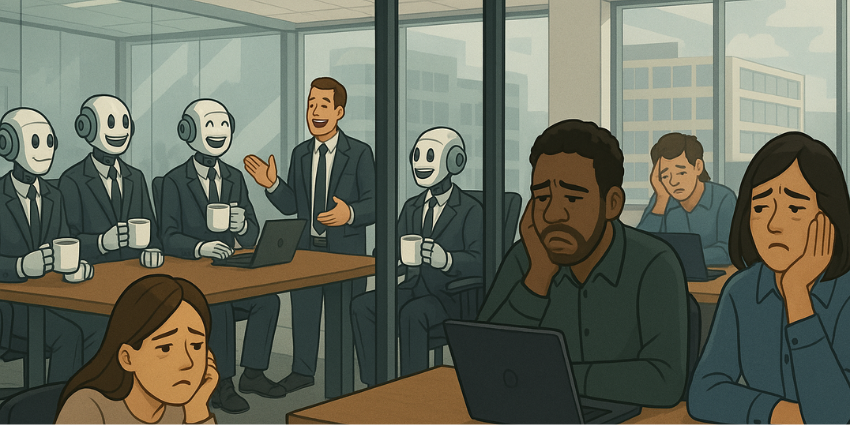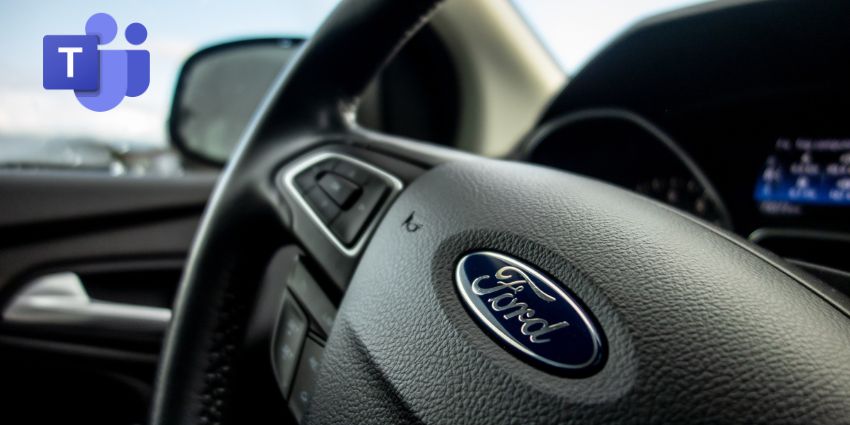A restaurant group in New York City is trialling remote staff to greet and take orders from customers over Zoom calls — while based in the Philippines.
Initially discovered at Sansan Chicken in Manhattan’s East Village, its touchscreen automated ordering kiosk also features a second screen on which customers can interact with a remote cashier. For those who prefer human interaction over automated ordering technology, the cashier greets them upon arrival and takes their orders via video call.
Five locations of Sansan Chicken, Sansan Ramen, and Yaso Kitchen in Manhattan, Queens, Jersey City, and Long Island City are testing this new category of globalised remote work, with the takeaway group specialising in ramen and fried chicken.
this is insane
cashier is literally zooming into nyc from the philippines pic.twitter.com/opAyS8AYUs
— brett goldstein (@thatguybg) April 6, 2024
More Details On The Takeaway Remote Workers Story
The manager of Sansan Chicken admitted to 404 Media that the implementation of Zoom cashiers primarily serves as a cost-cutting exercise for the restaurant chain because employing individuals in the Philippines for these tasks is considerably cheaper than hiring staff in New York, where the minimum wage is $16 per hour. The Philippines’ minimum wage is $3.75 an hour.
While not directly employed by the company and reportedly working for a business called Happy Cashier, they still want customers to tip, with options up to 18 percent potentially added to their bill. However, there are currently no concrete reports on exact employment structures or pay.
Impressions from customers so far suggest this is a trial period for the service. Customers have noted a basic screen and speakers set up on the takeaway counter, while the Zoom meeting ID and password used to connect with the cashier (in case of a dropped call) are handwritten on a piece of paper on the countertop in case of a dropped call.
Several online customer accounts observed an in-person and Zoom cashier working together. At Sansan and Yaso locations, most in-person employees prepare food and oversee pickup orders at the window.
Theoretically, a remote cashier can assist with all customer-facing tasks besides handling cash. At the same time, remote cashier outsourcing will not impact roles such as preparing and handing over the food. Given that some locations trialling the remote worker cashier strategy retain a physical cash register, some in-person cashiers may have to be present at certain times during the day, such as overseeing the lunch rush.
- K-array Speakers Chosen for World of Molecular Biology
- Big UC News from Microsoft, Google and Intermedia
What Could This Signal For UC and Collaboration Applications?
This type of outsourcing resembles the tech support teams that large corporations commonly employ worldwide to cut costs. Responses to customers at the ramen and fried chicken chains reportedly range from enthusiasm about the unique experience to concerns over the lack of in-person human interaction and the impact such outsourcing will have on jobs for New York City locals.
There are certainly societal implications to such a trend, including job displacement in local communities, ethical considerations around outsourcing labour, and potential cultural impacts on the hospitality industry. Additionally, there could be issues with regulatory compliance and the need for new policies to oversee remote work and international transactions, affecting both businesses and governments.
For the UC and collaboration industry specifically, this emerging trend of remote cashiers leveraging video conferencing technology could significantly impact the industry if it builds momentum and survives public scepticism. If the trend catches on, this shift will likely spur increased demand for advanced video conferencing solutions tailored to the specific needs of the food service sector and potentially other retail subsectors.
Providers may focus on enhancing video conferencing platforms to support multilingual communication, integrate seamlessly with restaurant management systems, and prioritise security and compliance measures to safeguard sensitive customer data. Additionally, specialised training and support services will be needed to help restaurant staff effectively leverage UC solutions.
This trend could drive innovation in language translation technology, encryption protocols, and compliance measures within the UC industry.
However, challenges will encompass ensuring data security, maintaining reliable internet connectivity for remote operations, and addressing potential language and cultural barriers.
Overall, if moral dilemmas are put aside, integrating remote cashiers into restaurant operations may produce significant challenges but also lead to more robust and tailored UC solutions.







